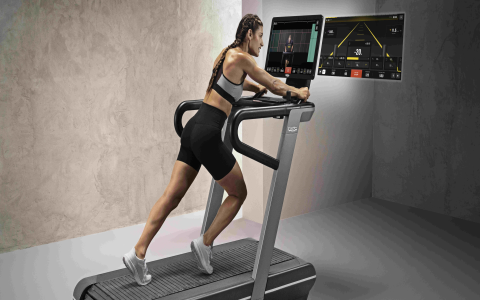If you’re like me, always looking for ways to make indoor running feel less... well, like running indoors, the Wahoo Kickr Run treadmill might just catch your eye. It’s not your typical treadmill — in fact, it tries pretty hard to mimic the freedom and flow of running outside. But does it actually pull it off? Let me walk you through what I found after digging into its features, and whether it should be the next big thing in your training space.
First off, the Kickr Run looks sleek and kinda futuristic. It’s pretty big — about feet long and three feet wide — so it’s not going to fit in a tiny corner, but if you have the space, it feels pretty substantial without being goofy with bulk. The belt itself is wider than a lot of other treadmills I’ve tried, which honestly makes a huge difference in comfort. You don’t feel like you’re constantly second-guessing where to place your feet. Oh, and did I mention it can push a pretty decent speed? Up to miles per hour. For context, that’s a 4-minute mile pace, so sprinters and fast runners, take note.
One of the coolest (and honestly, kind of wild) things about this treadmill is its RunFree Mode. This is where it really sets itself apart. Instead of fiddling with buttons to speed up or slow down, the treadmill senses where you’re standing on the belt. Lean too far forward? It picks up the pace. Drift back a bit? It slows down. It’s all automatic, kinda like magic, and feels eerily close to how your pace naturally changes when running outside. I won’t lie — the first time I tried it, I felt a bit like I was cheating. No buttons, no lag, just running.
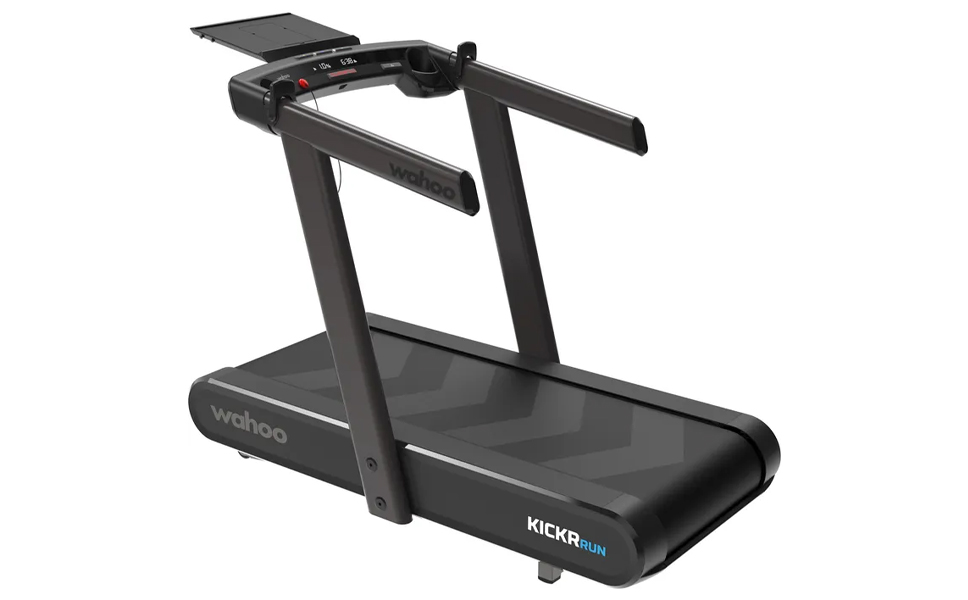
They didn’t ditch the manual controls, though. There are paddles on each side of the treadmill, so if you want to manually tweak your speed or incline, you can. This hybrid setup made me feel like I had full control, but also let the machine do the heavy lifting when I wanted to focus just on running.
Now, speaking of incline, this machine can handle serious hills — up to 15% incline and even a 3% decline, which, let’s be honest, you don't usually see on many treadmills. That’s pretty great for those who want to simulate real-world terrain indoors (I’m imagining a rainy day, stuck inside, but still conquering hill repeats). Plus, the treadmill has a lateral tilt feature, which subtly shifts the deck side to side. It’s supposed to help with the repetitive stress of running on anything flat and stiff, and honestly, it made my legs feel a little better after longer runs.
One thing I really appreciate is how quiet it is. Some treadmills sound like you’re running on a jet engine, but this one hums along almost silently. Great if you’ve got roommates or want to catch a show while you run.
Beyond just running, the Kickr Run doubles down on tech. It’s compatible with just about every popular running app out there — Zwift, Peloton, and Wahoo’s own stuff, to name a few. It tracks everything from cadence to ground contact time, meaning hardcore runners and coaches can get detailed insights into running form and efficiency — basically, running metrics that aren’t usually available without fancy lab equipment. For data geeks or those serious about tweaking their technique, that’s a huge win.
Here’s a quick snapshot of specs, 'cause who doesn’t love a good summary?
-
Max speed: mph
-
Incline: +15% uphill, -3% downhill
-
Belt size: inches by inches (big enough!)
-
Motor: 3. HP
-
Weight limit: around lbs
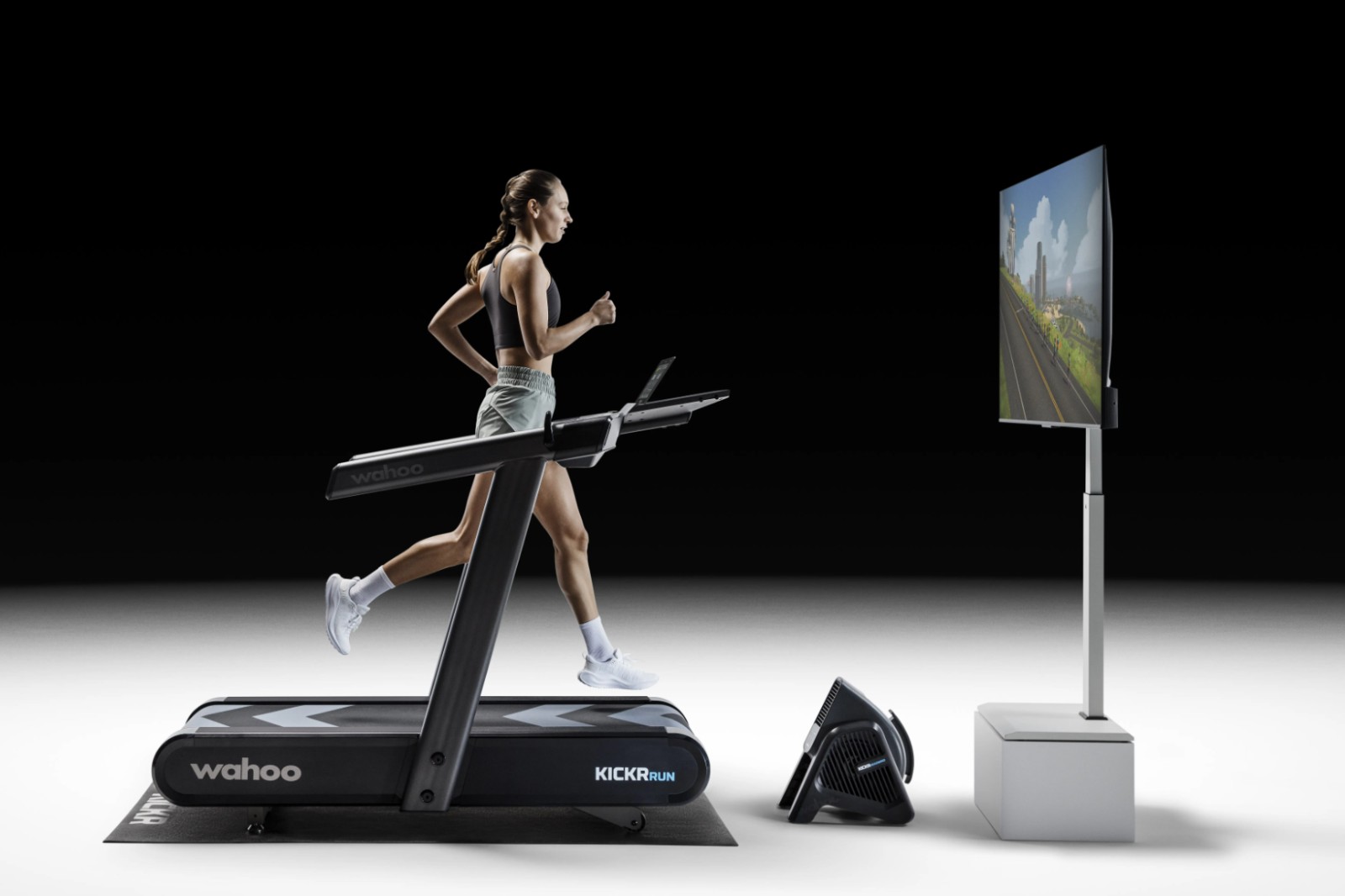
-
Connectivity: WiFi, Bluetooth, Ethernet
-
Device shelf: fits laptops/tablets up to inches
-
RunFree mode for hands-free speed changes
-
Lateral tilt and terrain mode (coming soon!)
-
Quiet operation
I’ll be honest though — this machine isn’t for everyone. It’s pricey and takes up a good chunk of space, so if you only run casually or have a small apartment, maybe look elsewhere. Plus, it’s heavy (over pounds), so you definitely want professional help to set it up.
Also, the running weight limit might be a downside if you’re on the heavier side, though Wahoo does seem to support higher weight models from time to time. And while it’s feature-rich, it doesn’t have a built-in running power meter yet (something you might expect at this price), though you can add that with accessories.
So, who’s this for? If you’re a serious runner or triathlete who trains indoors often, or you’re really into smart tech and immersive virtual running worlds (hello, Zwift fans), this might be just what you need. For casual joggers or folks on a budget, probably less so.
Installation deserves a quick note too. The Kickr Run isn’t a plug-and-play kind of treadmill. You’ll need a decent ceiling height, some elbow room around the machine, and a proper 220V outlet (for users outside the US, US models use 110V) — plus a few folks to help get it in place and calibrated. So don’t expect to take it out of the box and start sprinting right away.
Before wrapping up, here’s a quick rundown on the good and the tricky:
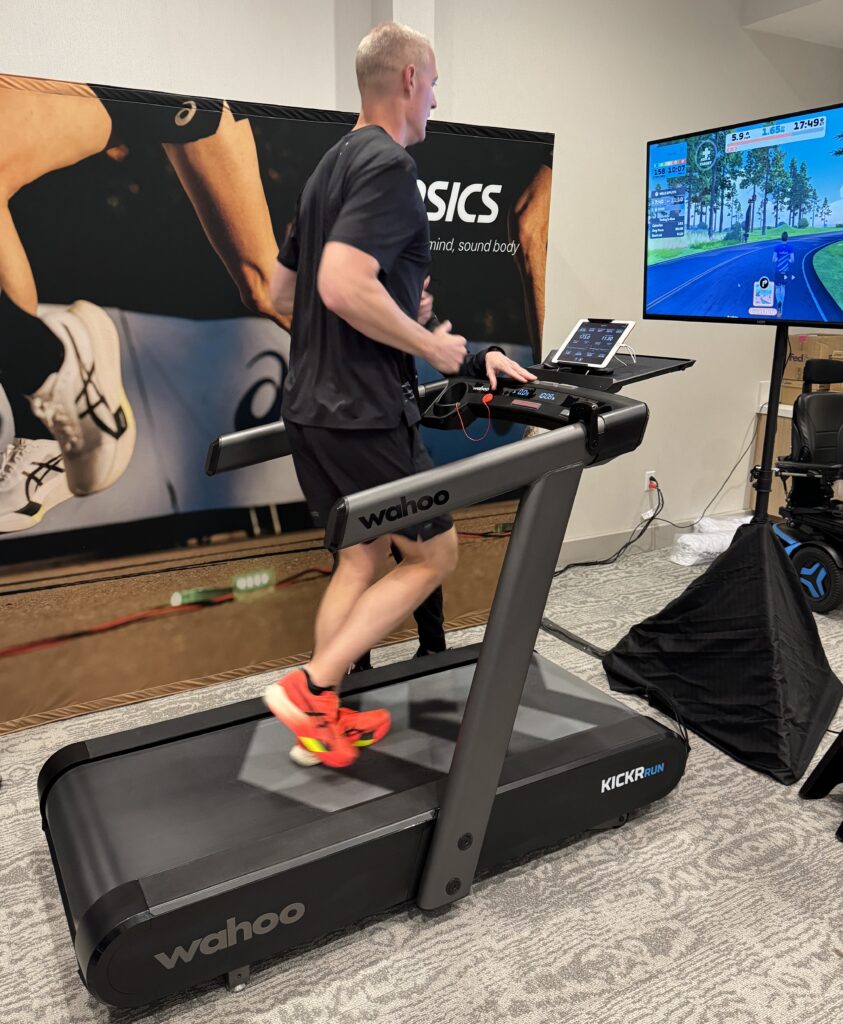
Pros:
-
Innovative RunFree mode feels super natural
-
Powerful motor handles everything from easy jogs to sprints
-
Wide belt and lateral tilt make running comfortable and less repetitive
-
Works seamlessly with leading training apps
-
Quiet enough for home use
Cons:
-
Pricey for the average runner
-
Heavy and big — needs space and installation help
-
Weight limit may exclude some users
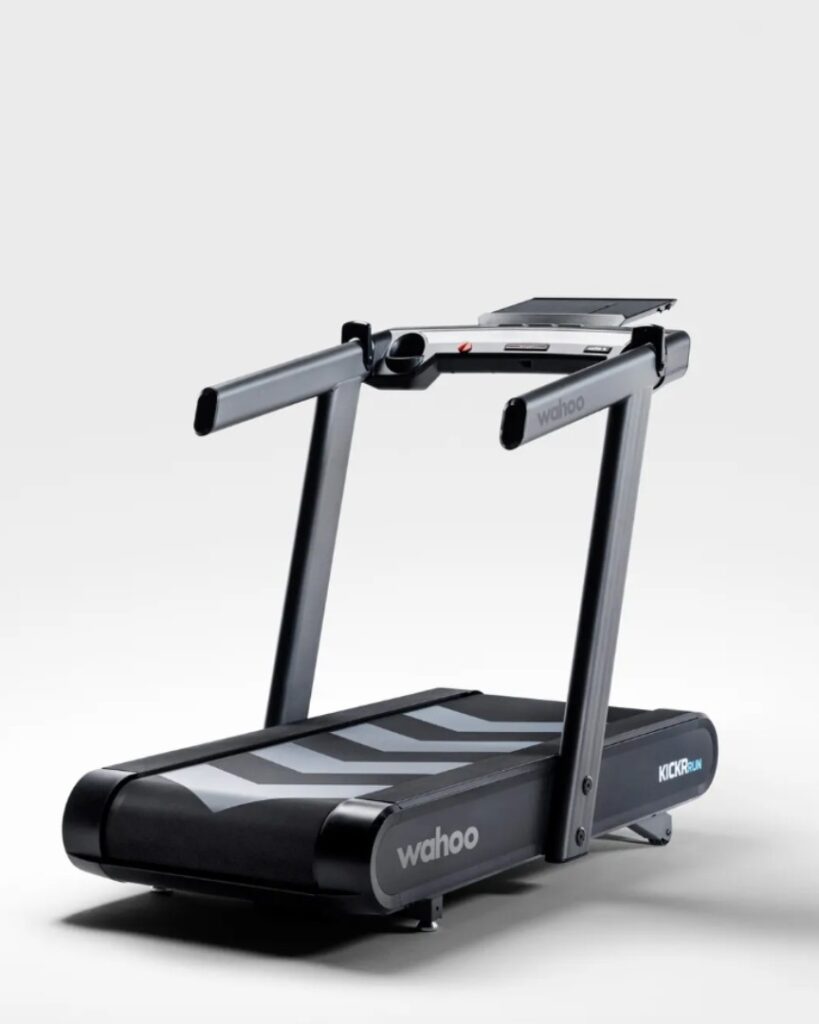
-
No built-in running power measurement (yet)
-
Power requirements might mean extra wiring for some homes
A few quick FAQs I’ve seen pop up:
Q: How is RunFree different from other speed sensors?
A: Instead of preset intervals or button controls, RunFree literally senses your position on the belt in real-time and adjusts speed instantly. It’s like your feet are telling the treadmill what to do — super natural.
Q: Can you use it without an app?
A: Absolutely. The manual paddles let you set speed and incline yourself if apps aren’t your thing. But if you’re into structured workouts, apps will add a lot of value.
Q: Does the treadmill help prevent injury?
A: The lateral tilt and future terrain mode aim to break the monotony of flat decks, which can help reduce repetitive stress injuries. Plus, the advanced running metrics can help you fine-tune form.
Q: Is it good for beginners?
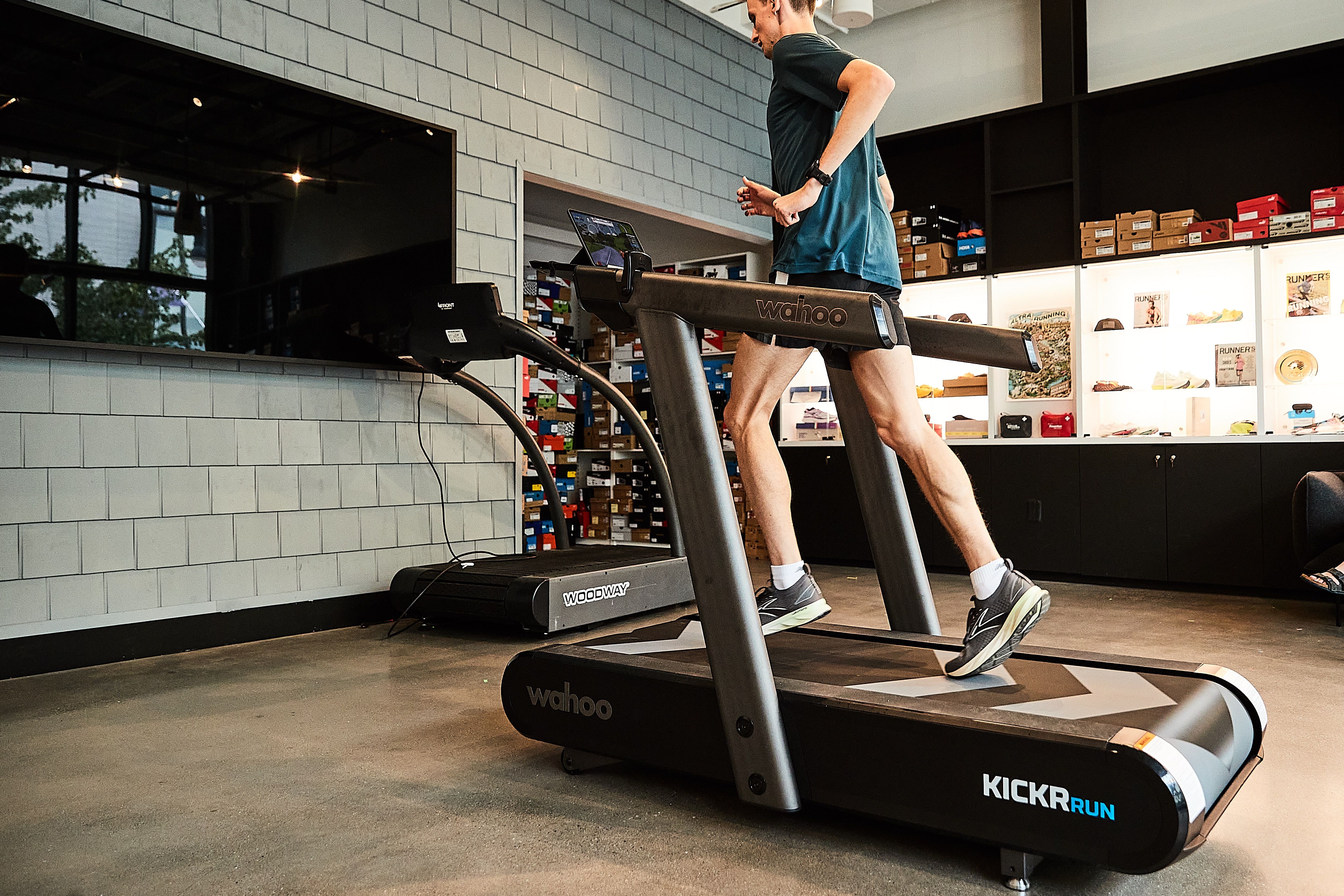
A: While anyone can use it, beginners might find simpler treadmills easier and more affordable. The Kickr Run really shines for committed runners.
Q: Can you run downhill on it?
A: Yep, up to a -3% decline. That’s super handy for balanced training.
So, is this really the “ultimate running trainer”? In my opinion, if you’re after something that lets you run indoors but doesn’t feel like a prison treadmill, and you want tech that delivers insights plus fun, yes — it’s definitely among the best out there. It’s not cheap or simple, but for those who want their treadmill to imitate outdoor running as closely as possible, the Kickr Run is a game-changer.
Whether you’re chasing PRs, training for triathlons, or just want the best indoor runner tech available, this treadmill brings a lot to the table. Just be ready to commit some space and cash — because quality like this doesn’t come free.
